Evidence for High Volume Training
High Volume Training: Should You REALLY Be Doing 30+ Sets Per Week?
More volume, more muscle, right? Not always. A new study shows that while high training volume can boost growth, pushing beyond 30 sets per week per muscle group might not be the slam dunk you think it is. Let’s dive into what the research says.
Why This Study Matters
We’ve long known there’s a dose-response relationship between training volume and muscle growth. But few studies explore the extreme high end, until now.
In this study, trained lifters performed either 16, 24, or 32 sets per week per muscle group for eight weeks. All sets were taken to failure with minimal rest between sets.
Result? More volume generally meant more gains, especially in quads and triceps, but it came at a cost.
Study Design at a Glance
Participants: 27 trained men
Duration: 8 weeks
Training: 2 sessions per muscle group per week
Set groups: 16, 24, or 32 weekly sets
Protocol: All sets to failure, 8–10 reps, 60 seconds rest
The 32-set group showed greater strength increases in the squat and more muscle growth in the quads and triceps—but training was extremely taxing.
What This Means
Yes, higher volume led to better outcomes on average, but:
Fatigue was high
Rest periods were short
Every set went to failure
This wasn’t a sustainable training model. It functioned more like a short-term overreaching block, similar to a Smolov-style peaking cycle.
Also, individual results varied. Some lifters in lower-volume groups still made solid gains, highlighting the importance of personal recovery capacity and adaptation.
Key Programming Takeaways
Here’s what we recommend if you’re chasing hypertrophy without burning out:
Base volume: 10–20 weekly sets per muscle group
Use 24–32 sets strategically: Short-term push phases for lagging muscles
Spread volume: Use 3+ sessions per week per muscle for quality and recovery
Manage failure: Avoid RPE 10 on every compound lift
Cycle your volume: Rotate high and moderate volume blocks throughout the year
Final Thoughts
High volume training works, but only when used intentionally. Overreaching can be productive in short bursts, but sustainability and recovery are key for long-term growth.
Smart training beats more training.
Scientific Reference:
Zourdos, M. C. (2020, February). Bring the Full Court Press: Evidence for Really High Volumes. MASS Research Review, 4(2).
Ready to train smarter?
Apply for coaching here!
